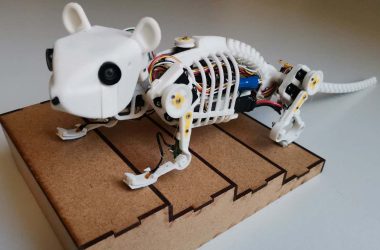**Introduction**:
In the modern era, language learning has become more accessible, with the help of language learning apps like Duolingo and translation tools like Google Translate. However, these resources are not as effective for speakers of Indigenous languages, particularly in regions like North America and New Zealand, where local languages were suppressed by European settlers. This issue has prompted researchers and developers to explore the potential of artificial intelligence (AI) in preserving and revitalizing Indigenous languages.
**Data**:
Michael Running Wolf, a PhD student at McGill University in Canada, realized the limitations of existing speech recognition algorithms when it came to Indigenous languages. Many Indigenous languages in North America have a different structure from widely spoken languages like English or Mandarin. These languages are polysynthetic, meaning that words can change form based on context. For example, while in English we might say “the full green cup is mine,” in a polysynthetic language, this phrase could be expressed as a single word. Teaching AI systems like Alexa to recognize and understand these languages requires the development of new algorithms.
One of the challenges in developing AI for Indigenous languages is the lack of available data sets. While AI systems like Alexa have been trained on thousands of hours of spoken English, there are only a few hours of recorded speech available for most Indigenous languages. However, there have been promising developments in this area. Keoni Mahelona, the chief technical officer of Te Hiku Media, a Māori-run organization in New Zealand, has successfully built a speech recognition model for the Māori language using only 310 hours of audio data. This achievement opens up possibilities for other Indigenous languages to be preserved and revitalized through AI technologies.
Running Wolf has a specific goal in mind for AI in preserving Indigenous languages. He envisions an AI system where individuals can practice speaking their tribal languages, with the system recognizing and gently correcting any mispronunciations. He is collaborating with his wife, Caroline Running Wolf, who is designing augmented reality (AR) experiences for language learning. For example, they are developing an AR game for the Kwagu’ł community on North Vancouver Island that combines language learning with cultural immersion. This immersive approach to language learning provides a context in which individuals can learn their native languages effectively.
As the development of Indigenous language apps and AI systems progresses, there is a concern among Indigenous developers about large companies monetizing these languages without proper consideration for the communities involved. Mahelona emphasizes the importance of working with Indigenous-run organizations and respecting the history of colonization. Developers are urged to collaborate with Indigenous communities through licensing or other agreements to ensure equitable outcomes.
In conclusion, AI has the potential to play a significant role in preserving and revitalizing Indigenous languages. By developing new algorithms and leveraging available data sets, researchers and developers are working towards creating AI systems that can understand and facilitate the learning of Indigenous languages. However, it is crucial to approach these efforts with sensitivity and respect for Indigenous communities and their cultural heritage.












